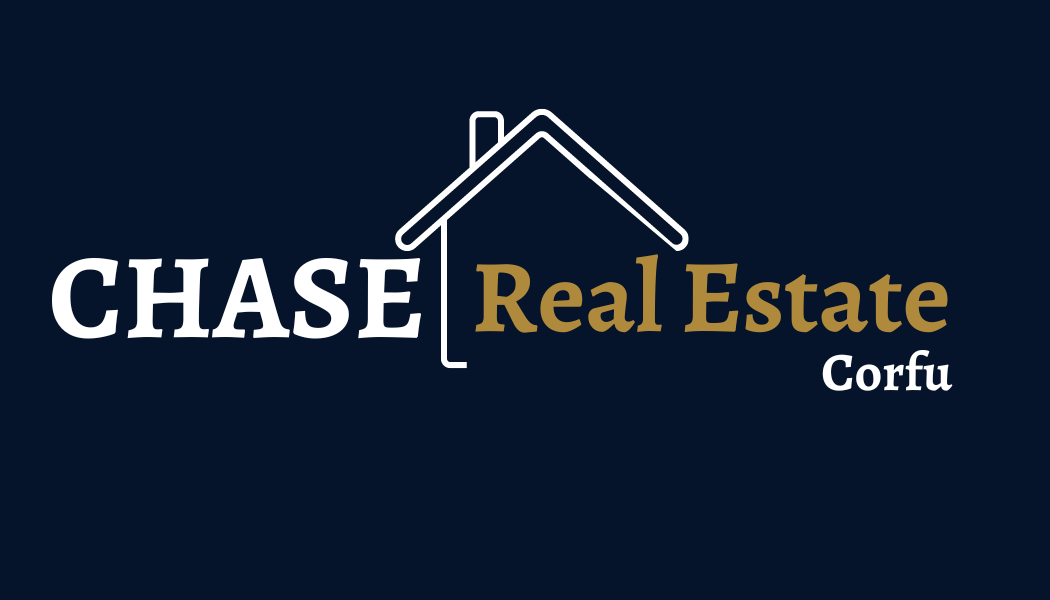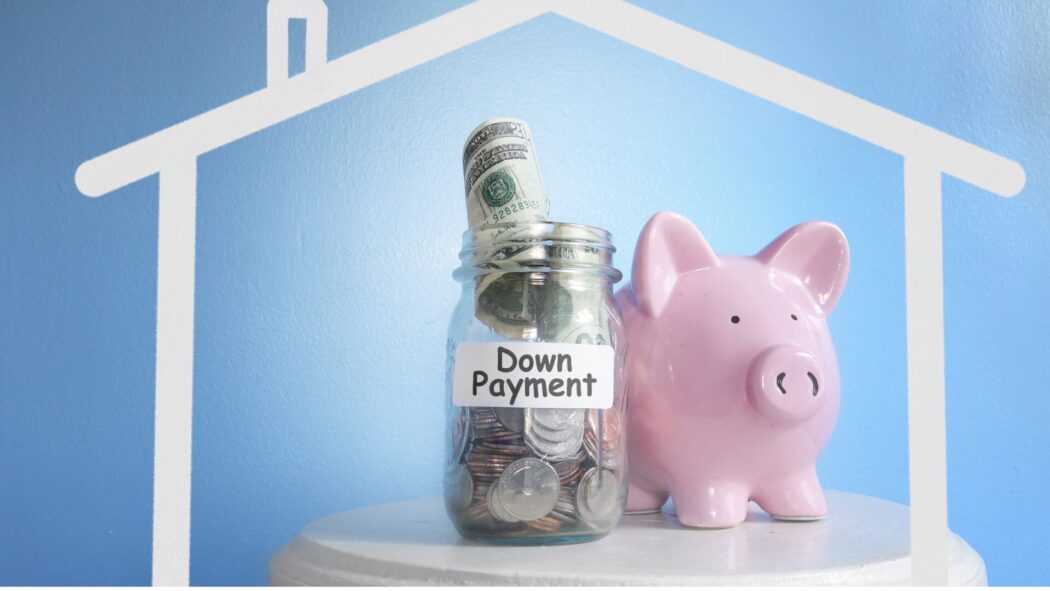What You Need to Know About Down Payments — It’s Less Than You Think
What You Need to Know About Down Payments — It’s Less Than You Think
Many homebuyers believe they need a 20 percent down payment to purchase a home. While this is a common recommendation, it’s not always required. In fact, most buyers put down significantly less. If you’re holding off on buying a home because you think saving for a down payment will take years, you may be closer to homeownership than you realize.
This guide will break down how down payments work, the minimum amount required, and ways to make homeownership more affordable.
How Much Do You Really Need for a Down Payment?
The traditional 20 percent down payment is not a requirement—it’s a guideline to help buyers avoid private mortgage insurance (PMI). However, many loan programs allow much lower down payments.
Minimum Down Payment Requirements by Loan Type
- Conventional Loans – As low as 3 percent for qualified buyers.
- FHA Loans – Requires 3.5 percent down with a credit score of 580 or higher.
- VA Loans – Available to military members and veterans with zero down payment.
- USDA Loans – Designed for rural homebuyers with zero down payment.
For many buyers, 3 to 5 percent is enough to secure a mortgage, making homeownership more accessible than ever.
Why Do Lenders Require a Down Payment?
Lenders require a down payment to reduce risk. A higher down payment generally means:
- Lower monthly mortgage payments
- Less risk for the lender
- Better interest rates and loan terms
A larger down payment also means more home equity from day one, which can provide financial stability and lower the likelihood of owing more than your home is worth.
Pros and Cons of a Larger Down Payment
Pros of Putting Down More Money
- Lower monthly mortgage payment
- Reduced interest costs over the life of the loan
- No private mortgage insurance (PMI) if down payment is 20 percent or more
- More equity in your home upfront
Cons of a Larger Down Payment
- Takes longer to save
- May drain your savings or emergency fund
- Limits available cash for home repairs and other expenses
For many buyers, a smaller down payment makes more sense because it allows them to buy a home sooner while keeping savings intact.
How to Afford a Down Payment Without Delaying Homeownership
If saving for a down payment feels overwhelming, consider these options to make homeownership more achievable.
1. Down Payment Assistance Programs
Many state and local governments offer grants, loans, or tax credits to help buyers cover their down payment. Some programs are designed for first-time homebuyers, while others are based on income.
2. Gift Funds from Family
Many loan programs allow family members to gift money for a down payment. Check with your lender for specific guidelines on using gift funds.
3. Employer Homebuyer Assistance
Some companies offer homebuyer benefits, such as grants or low-interest loans, to help employees purchase homes.
4. Use a Low Down Payment Loan Program
Instead of waiting years to save for a large down payment, take advantage of low down payment mortgage options that allow you to buy sooner.
Should You Save for a Larger Down Payment or Buy Now?
The decision to save for a larger down payment or buy sooner depends on your financial situation and goals.
You May Want to Buy Now If:
- You qualify for a low down payment loan.
- Interest rates are favorable, making homeownership more affordable.
- You live in a market where home prices are rising, and waiting could mean paying more.
You May Want to Save for a Larger Down Payment If:
- You want to avoid PMI.
- You can comfortably save without delaying homeownership for too long.
- You prefer lower monthly payments and more home equity upfront.
In many cases, waiting to save 20 percent is unnecessary. With low down payment options and assistance programs available, you may be able to buy a home much sooner than expected.
Final Thoughts: You May Need Less Than You Think
A 20 percent down payment is not required to buy a home. With conventional loans offering down payments as low as 3 percent and government-backed programs requiring even less, homeownership may be more attainable than you thought.
Before deciding, explore your loan options, consider assistance programs, and work with a trusted lender to find the best path to homeownership.
Next Steps
Thinking about buying a home? Check out low down payment mortgage options and see what’s possible for you.


